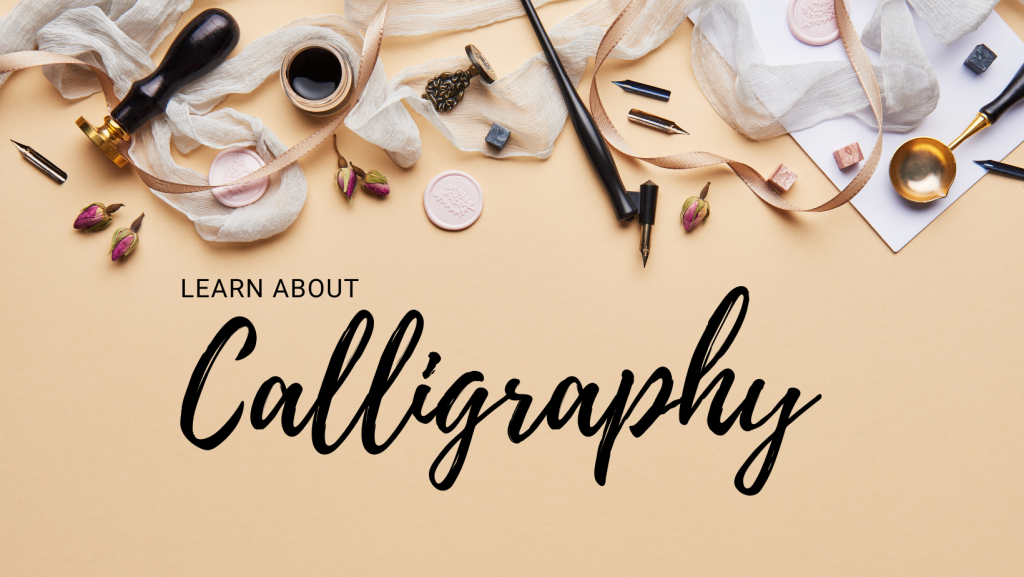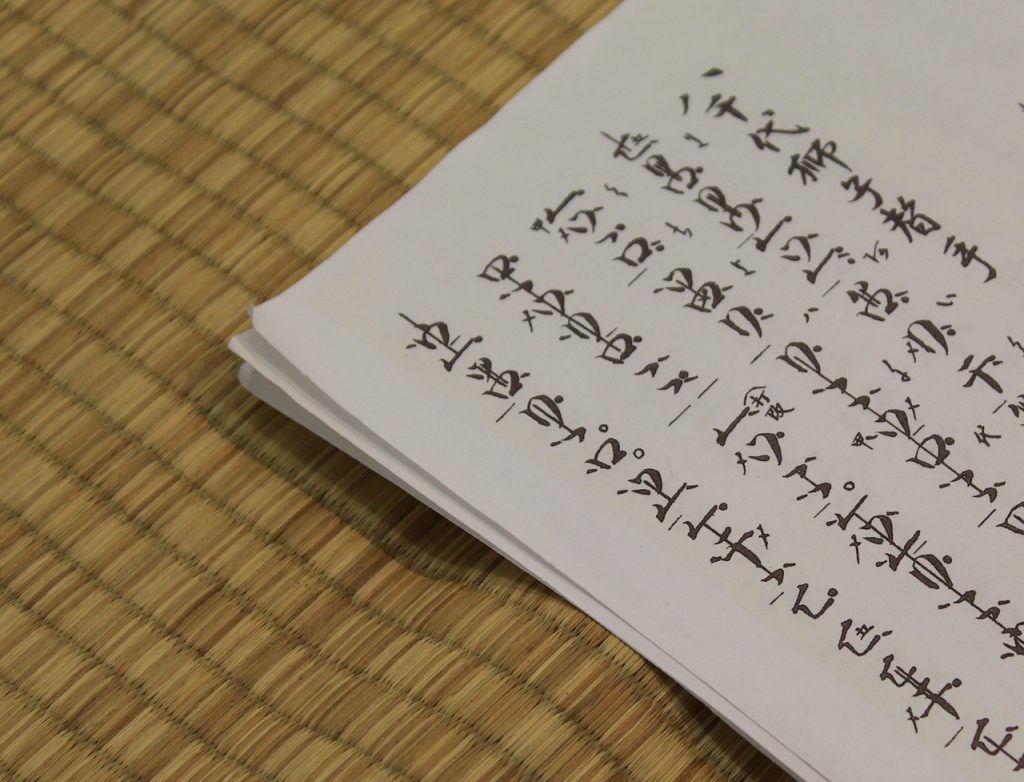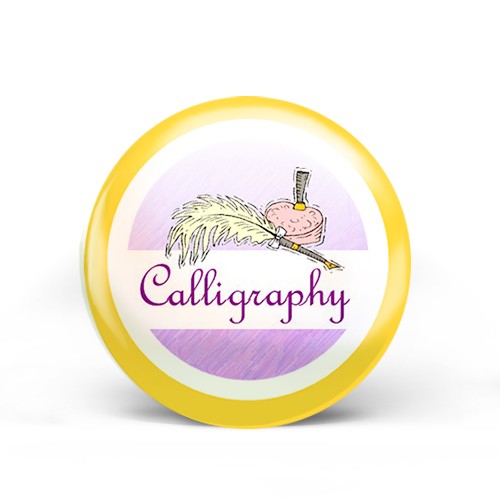
Learn the Art of Calligraphy
The term calligraphy comes from the Greek ‘Kallos’ meaning beauty and ‘Graphein’ which means to write. The history of calligraphy dates back thousands of years, but until a few hundred years ago, there was no clear term for the elaborate decorative form of handwriting. With the invention of printing in the mid 15th century however, a distinction began to be made between basic handwriting and the artistic forms of scripts and lettering. The word “calligraphy” did not appear in the English language until 1613. Earn your calligraphy badge to learn more about this fascinating art form. Badges that can be earned alongside include topics such as the Card Making badge, Drawing Badge, Painting Badge or Historic Era badge.
What is Calligraphy?
So what classifies something as calligraphy? According to the dictionary, the definition is any decorative handwriting or handwritten lettering created with a pen or brush.
To Do: Look at a variety of examples of calligraphy throughout history and from different countries. How does Arabic calligraphy differ from medieval calligraphy or Japanese calligraphy?
Hand Lettering vs Calligraphy
There is some debate over whether the art of hand lettering should be classified as Calligraphy. While in technical terms, hand lettering fits the definition of calligraphy, as it is a form of decorative letting, it is not made using specific strokes of a pen or brush. Instead, hand lettering treats each individual letter more as a piece of art, made up of many lines, colors and shading.
The short video below from Loveleigh Loops gives an easy to understand demonstration of the differences between hand lettering and calligraphy.
To Do: Create your own font using either hand lettering or calligraphy styles. The tutorial below gives some easy to follow examples of basic hand lettering, but the principles can also be adapted for designing a calligraphy script as well.
Calligraphy Terms
If you plan to get into more advanced forms of calligraphy a clear understanding of the terms used is essential. Beth Lee, a calligrapher, has a fantastic vocabulary sheet you can download as a PDF that not only has a glossary of calligraphy terms, but an easy to understand diagram of how those terms are viewed within calligraphy script.
To Do: Write something in calligraphy. Then download the PDF from Beth Lee and use the information to identify each term on your own writing.
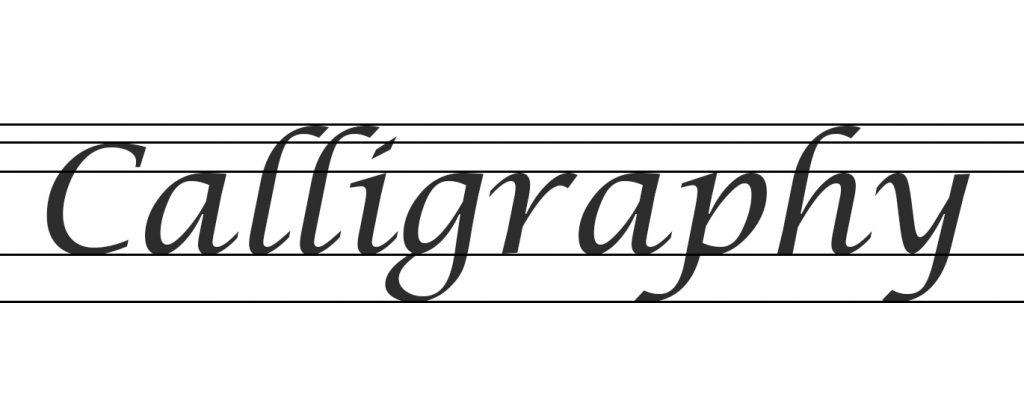
Font Styles
A font is collection of characters with a similar design. These characters include lowercase and uppercase letters, numbers, punctuation marks, and symbols that are all created using the same style of upstrokes, downstrokes and flourishes.
Fonts are usually divided into three main categories: serif, sans serif and cursive. A serif is a small decorative line or stroke regularly attached to the end of a larger stroke in a letter or symbol within a particular font. Fonts without these small additional lines are called sans serif as “sans” means “without”. Cursive describes any writing style where the letters in each word are joined.

Brush Lettering
Brush lettering is a form of calligraphy that uses brush strokes to get thick and thin lines within letters to give them an artistic feel. The side of the brush is usually used on the down stroke to create thick lines, switching to the point of the brush on the upstroke to create the thin lines.
To Do: Learn basic brush lettering. If you do not have brush pens, you can use paint and a pointed paint brush. You can even use Crayola markers by tipping the pens on an angle to get a fat line.
Timothy R. Botts – Calligrapher
Calligraphy itself is considered an art form, but many calligraphers take it a step further, combining lettering art with imagery, colors, and symbolism to create a single cohesive art piece.
One of my favorite artists is Timothy Botts, a calligrapher. He is known for transforming Bible verses into beautiful pieces of artwork. I own many of his books and they never cease to bring me joy.
In his biography, Tim quotes, “Historically, the tradition of calligraphy has been to celebrate the text by embellishing it. In addition to that worthy goal, I seek to portray the words so that the meaning is expressed visually – what I call word pictures. I make use of the principles of graphic design to aid in this communication – color, style, contrast, depth, symbolism and movement – to name a few.”
You can view his designs at Tim Botts Calligraphy.

To Do: Create a piece of art blending calligraphy with either drawing or painting in some way. Use the simple water color technique from Trims & Tassels below that uses simple brush pens though Crayola markers would work as well.
Follow our Facebook page for daily badge of the week resources. For planning purposes you can see which badges will be featured on our badge of the week calendar. You can also sort and search articles by topic on our main blog page. If you are not already a member, check out our membership pricing page.
Sources: Encyclopedia Brittanica

